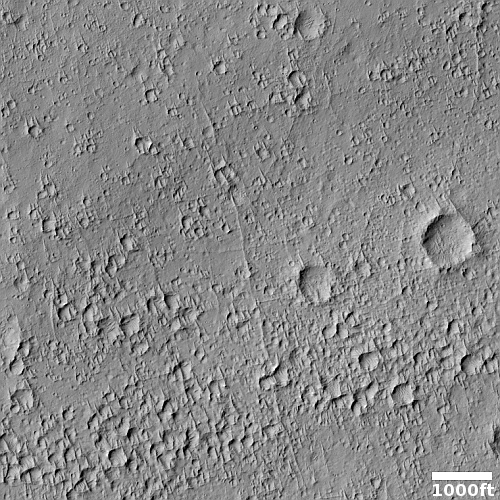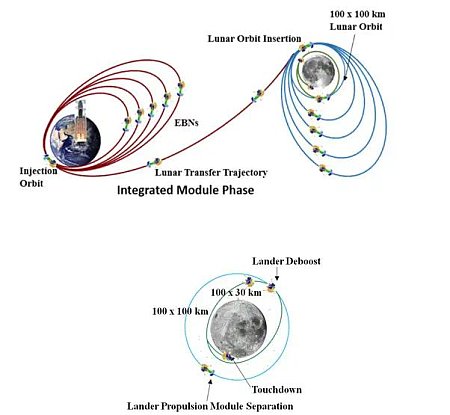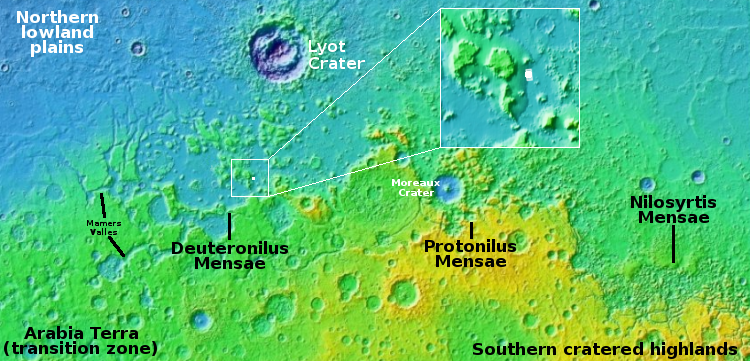August 1, 2023 Quick space links
Courtesy of BtB’s stinger Jay.
- Paper outlining the China’s Chang’e-6 sample return mission to the Moon’s far side
The launch is scheduled for 2024. The paper not only details the mission, it discusses the geology to be studied.
- China outlines Chang’e-7 mission to get in situ data of possible ice in the Moon’s permanently shadowed craters at the south pole
The launch is scheduled for 2026, and will include a hopper to access the interiors of those craters.
- Launch of last Antares rocket using Russian engines and a Ukrainian first stage to occur shortly
The live stream can be viewed here, and is scheduled to go live at 8 pm Eastern.
For the next three Cygnus cargo missions to ISS Northrop Grumman has hired SpaceX’s Falcon 9 rocket as its launch vehicle while it awaits a new first stage from Firefly.
- NASA and Boeing will hold update on Starliner status on August 7, 2023
Hopefully they will reveal a time frame for fixing the parachute issue as well as replacing the flammable electric tape installed throughout the capsule. No manned mission to ISS can proceed before these issues are resolved.
Courtesy of BtB’s stinger Jay.
- Paper outlining the China’s Chang’e-6 sample return mission to the Moon’s far side
The launch is scheduled for 2024. The paper not only details the mission, it discusses the geology to be studied.
- China outlines Chang’e-7 mission to get in situ data of possible ice in the Moon’s permanently shadowed craters at the south pole
The launch is scheduled for 2026, and will include a hopper to access the interiors of those craters.
- Launch of last Antares rocket using Russian engines and a Ukrainian first stage to occur shortly
The live stream can be viewed here, and is scheduled to go live at 8 pm Eastern.
For the next three Cygnus cargo missions to ISS Northrop Grumman has hired SpaceX’s Falcon 9 rocket as its launch vehicle while it awaits a new first stage from Firefly.
- NASA and Boeing will hold update on Starliner status on August 7, 2023
Hopefully they will reveal a time frame for fixing the parachute issue as well as replacing the flammable electric tape installed throughout the capsule. No manned mission to ISS can proceed before these issues are resolved.











